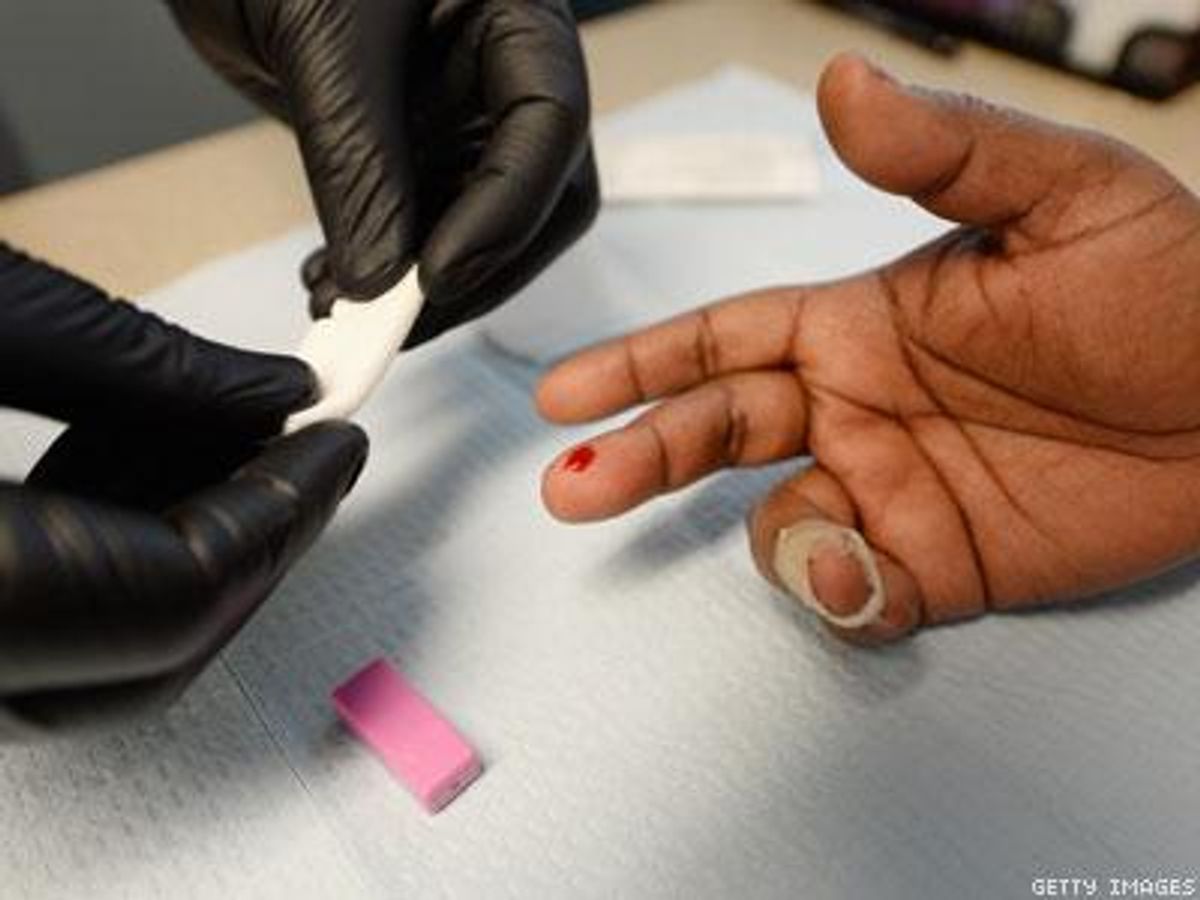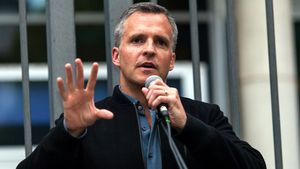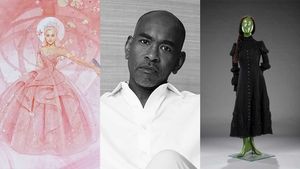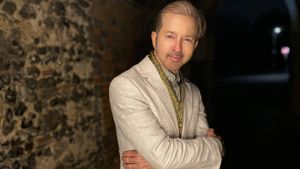New HIV infections among gay and bisexual men between the ages of 13 and 24 increased by a staggering 132.5 percent between 2001 and 2011, according to a new report from the Centers for Disease Control and Prevention.
But the annual diagnosis rate for the general American population dropped by a third over the same time period, according to research culled from CDC data and published today in The Journal of the American Medical Association.
Although 500,000 new cases of HIV were diagnosed over the decade-long study, the annual rate of diagnoses decreased from 24 out of every 100,000 people to 16 out of every 100,000 people, marking a decrease in annual rate of diagnosis by 33 percent, according to WebMD's HealthDay News.
Advances in screening and prevention efforts have prompted the overall decrease in new infections, according to the report, as annual diagnosis rates dropped for heterosexual men by about one-quarter, among women by about half, and among intravenous drug users by nearly 70 percent.
But those messages and prevention efforts seem to be missing the youngest generation, which is also less likely to be tested regularly, according to the report. Between 2001 and 2011, newly diagnosed cases among young gay and bisexual men rose from about 3,000 to roughly 7,000, according to WebMD. Although the study did not report the mode of infection for these young men, researchers suggest the numbers indicate that many in the group are having condomless sex. And while the World Health Organization and the federal government recently suggested all gay men and other high-risk groups use pre-exposure prophylaxis, or PrEP, the treatment, which involves HIV-negative individuals using antiretroviral medications, is controversial, as some say it encourages higher-risk behavior, like having sex without condoms.
"There’s a new generation that comes up and many don’t have firsthand experience with the devastation we saw in the earlier years," lead study author Amy Lansky, the CDC’s deputy director for surveillance, epidemiology and laboratory science in the Division of HIV/AIDS Prevention in Atlanta told Bloomberg Businessweek.
"It's been more than 30 years since the first cases were reported," Lansky told HealthDay News. "It's harder to maintain that sense of urgency."
Lansky also noted that gay and bisexual men have a higher prevalence of HIV, putting them at "greater risk of being exposed with each sexual encounter." Greater rates of substance abuse and lack of access to health care play a role in the increasing rates among young men, as well, Lansky said.
Thanks to an increase in data collection nationwide, this study was the first to look at HIV incidence rates in people age 13 and older in all 50 states, and Washington, D.C., over a 10-year period. And while the overall annual diagnosis rate decreased by 33 percent, the report notes that an estimated 1.1 million Americans are living with HIV — and roughly 16 percent of those individuals don't know they're infected.











































































